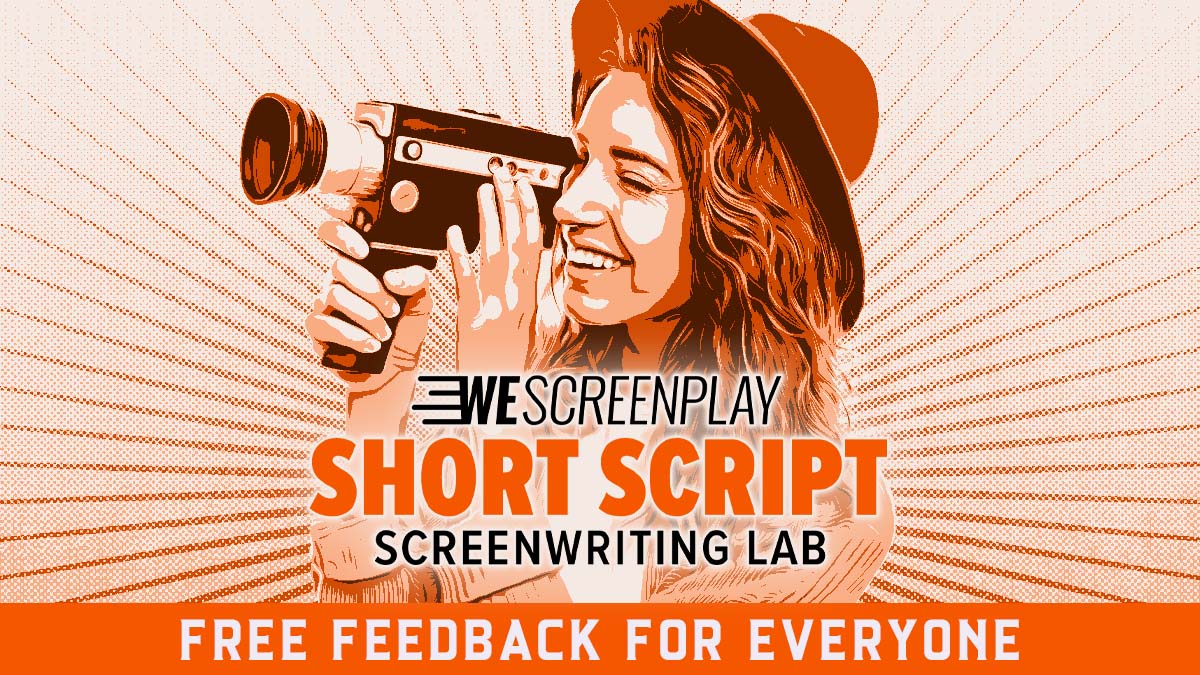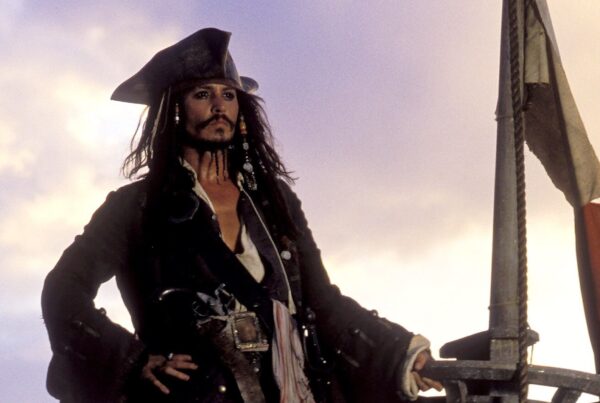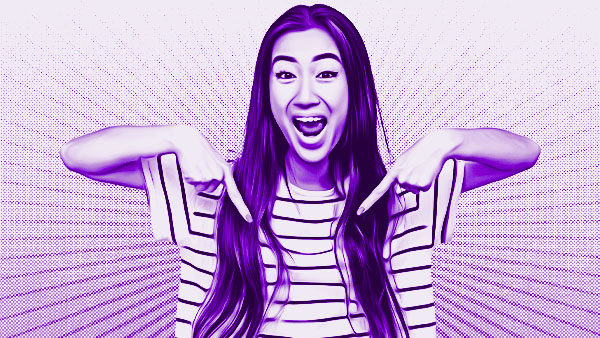
The notoriously fat-shaming entertainment industry has seen an uptick in risky behaviors around the perceived need to stay thin. In a world where we face a constant battle to accurately reflect the nuances of the human experience—aiming for honest and thoughtful depictions of diverse viewpoints—a deep dive into size inclusivity could be a new frontier for Hollywood.
The need to eliminate harmful societal stereotypes and artificial homogeneity has been long obvious, but that doesn’t make it an intuitive process for every creator. As someone long impacted by weight stigma, I believe it’s time to consider the screen as a space for positive change. With my narrative voice, I’ve hung my hat upon honest, diverse, and humane portrayals of people with similar body types. My commitment to this has taken me places I never thought I’d get to go.
Here’s my guide to a size inclusive writing career that pushes the conversation forward.
Why Size Inclusivity Is Important
The fashion industry has begun to recognize the ability to change the narrative around body image after decades of being cited as part of the problem. While experts lament that there is still so much room for improvement, it seems that Hollywood might be falling behind the times.
The de-stigmatization of fatter bodies is increasingly cited as a must for positive public health outcomes. But the images we consume and the culture they create are hardly critiqued with the same gusto as other “health concerns” around the topic. Stars lament at length the impact that fat-shaming has on their careers and their mental health, yet we can’t seem to commit to a stance of dignity and respect in this arena.
When only 4.2% of all streaming actors were plus-size in 2023, it’s hard not to feel like we’re receiving mixed messages about where Hollywood chooses to draw the line on the coveted “universality” of its storytelling. It makes one wonder if the industry truly lacks self-awareness about its conflicting stances on reliability, or evades the reality of it. As the wider media begins to take accountability for the role that stigmatization plays in viewers’ lives, the argument for a conscious effort in weight de-stigmatization makes itself.
Read More: “Diversity” Vs. “Inclusion”: Why the Difference Matters

‘Shrill’
Same Old, Shame Old
The messages that media has traditionally sent about weight are loud and clear. We already know what they are. The psychiatry department at Duke University has begun to make an empirical case for consciously subverting these stereotypes, even citing problematic Hollywood depictions therein.
Nobody is demanding that we “cancel” the creators who brought Pitch Perfect’s Fat Amy (Rebel Wilson) or similar characters to the screen. But we should admit that when it comes to these tropes, the schlock alone is more of a glaring screenwriting issue than the highly debated use of flashback or “we see”—and that’s without considering the social data.
Screenwriters should consider these traditional depictions and turn them on their heads in an arena where rewarding the unexpected is the norm. If nothing else, a lead written for a plus-size actor that has nothing to do with them losing weight is an easy originality booster. You’d be surprised by how many insiders will admit they’ve never had such a story come across their desk before—and I say this from personal experience.
If this push for body diversity is so arguably beneficial and professionally refreshing to the industry, why is it often such a hard-fought battle to get these stories to screen? If people want to see them, why haven’t they completely overtaken the old guard of fat characterization?

‘Pitch Perfect 2’ (2015)
How to Keep Size Inclusivity Fresh
Depictions of these characters as unintelligent and lazy are just that. There are many folks above a certain size who are working multiple jobs, achieving highly, and changing the world. And they’re the main characters of their own stories. So, why not yours?
The compulsive villainizing or sidekicking of these plus-size characters must end. At any size, fully-realized human beings who are protagonists speak for themselves. While every background aspect of a protagonist will likely inform the story in some way, there are more intelligent and subversive ways to let this ring true for a character heavier than the typical lead.
Maybe your character is an athlete who has had to overcome weight stigma but hasn’t let it get in their head. Perhaps they’re an influencer who has no idea how much their platform is going to take off and must cope with the massive fame. It is possible that this character does a number of cool things and their body type never even comes up. I pulled these slice-of-life inspirations right from my social media timelines, but there’s a clear place for size inclusivity in fantasy worlds, too.

‘Last Holiday’ (2006)
Fantastically Forward-Thinking
Some of my favorite examples of size inclusivity storytelling come from works of Fantasy. Thunder Force is a slept-on action-comedy starring Melissa McCarthy and Octavia Spencer, in which two lifelong besties become superheroes in middle age. Both actresses have expressed the difficulties of navigating the industry as fuller-figured women, but they pleasantly render that conversation irrelevant in the film by preforming roles that could have been casted by straight-size actors.
The now-off-air dystopian masterpiece Into the Badlands gave us comedian Nick Frost as the dynamic Bajie, a companion and deuteragonist to the hero. This unexpected casting pays off when Bajie turns out to be one of the most gifted fighters in this martial arts series. He performs some of the best stunt choreography in the business, which is rare treat to witness in any performer who isn’t predictably ripped.
Read More: What Pixar’s ‘Elemental’ Can Teach You About Inclusive Screenwriting
Respectful Representation
When all is said and done, the industry’s quest for inclusion always begins on the page. If the writer can recognize the value of illustrating all bodies with the dignity they deserve, the needle will have to shift in a positive direction. Scores of body-diverse actors wait in the margins for roles that will do their talents justice.
Despite all the approvals and interests in between, the best shot at changing the narrative lies within the story’s demonstrated belief that these characters are important
Read More: How to Bring Diversity and Representation to Your Script


















